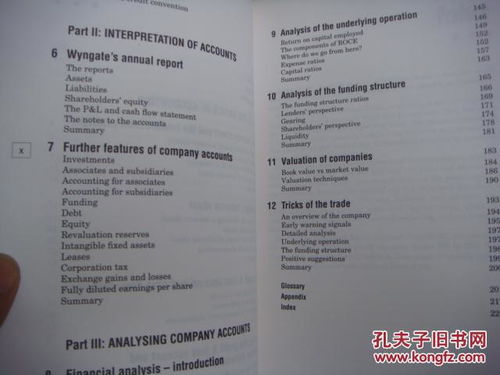Understanding the Basics of Investing

Investing your $1000 can be a rewarding endeavor, but it’s crucial to understand the basics before diving in. The key is to find a balance between risk and return, and to invest in assets that align with your financial goals and risk tolerance.
1. Assess Your Financial Goals

Before you start investing, take a moment to consider what you’re aiming to achieve. Are you looking for long-term growth, or do you need immediate access to your money? Are you saving for retirement, a house, or an emergency fund? Your goals will shape the type of investments you should consider.
2. Diversify Your Portfolio

Diversification is a fundamental principle of investing. It involves spreading your money across different types of investments to reduce risk. For a $1000 investment, consider diversifying into stocks, bonds, and other assets like real estate or commodities.
3. Consider Low-Cost Index Funds
Index funds are a popular choice for beginners because they offer diversification and low fees. You can invest in a broad market index like the S&P 500 or focus on specific sectors. For a $1000 investment, consider funds like Vanguard’s S&P 500 ETF (VUSA) or the iShares Core U.S. Aggregate Bond ETF (AGG).
4. Explore Dividend Stocks
Dividend stocks can provide a steady stream of income in addition to potential capital gains. Look for companies with a strong history of paying dividends and a solid financial position. Some popular dividend stocks include Johnson & Johnson (JNJ), Procter & Gamble (PG), and Coca-Cola (KO).
5. Consider Peer-to-Peer Lending
Peer-to-peer lending platforms allow you to lend money to individuals or small businesses in exchange for interest payments. This can be a higher-risk investment, but it can also offer higher returns. Platforms like Lending Club and Prosper offer a variety of investment options.
6. Invest in Real Estate
Real estate can be a powerful investment, but it requires a larger upfront investment than $1000. However, you can still get involved by investing in real estate investment trusts (REITs). REITs are companies that own or finance income-producing real estate across a range of property sectors. Some popular REITs include Vanguard Real Estate ETF (VNQ) and iShares U.S. Real Estate ETF (IYR).
7. Use Robo-Advisors
Robo-advisors are automated investment platforms that use algorithms to manage your portfolio. They can be a great option for beginners who want a hands-off approach. Some popular robo-advisors include Betterment, Wealthfront, and Charles Schwab Intelligent Portfolios.
8. Keep an Eye on Fees
Fees can significantly impact your investment returns over time. Be sure to understand the fees associated with any investment you consider, including management fees, transaction fees, and other expenses. Some platforms offer free or low-cost investment options, which can be a great way to keep your costs down.
9. Stay Informed
Investing requires staying informed about the markets and the companies in which you’re investing. Keep up with financial news, read annual reports, and stay updated on any changes that could impact your investments.
10. Be Patient and Stay Committed
Investing is a long-term endeavor, and it’s important to stay committed to your strategy. Avoid the temptation to react to short-term market fluctuations, and focus on your long-term goals. Over time, your investments should grow and provide you with the returns you’re aiming for.
| Investment Type | Expected Return | Risk Level |
|---|---|---|
| Index Funds | 5-10% annually | Low |
| Dividend Stocks | 2-4% annually | Medium |
| Peer-to-Peer Lending | 5-10% annually | High |
| Real Estate REITs | 5 |



